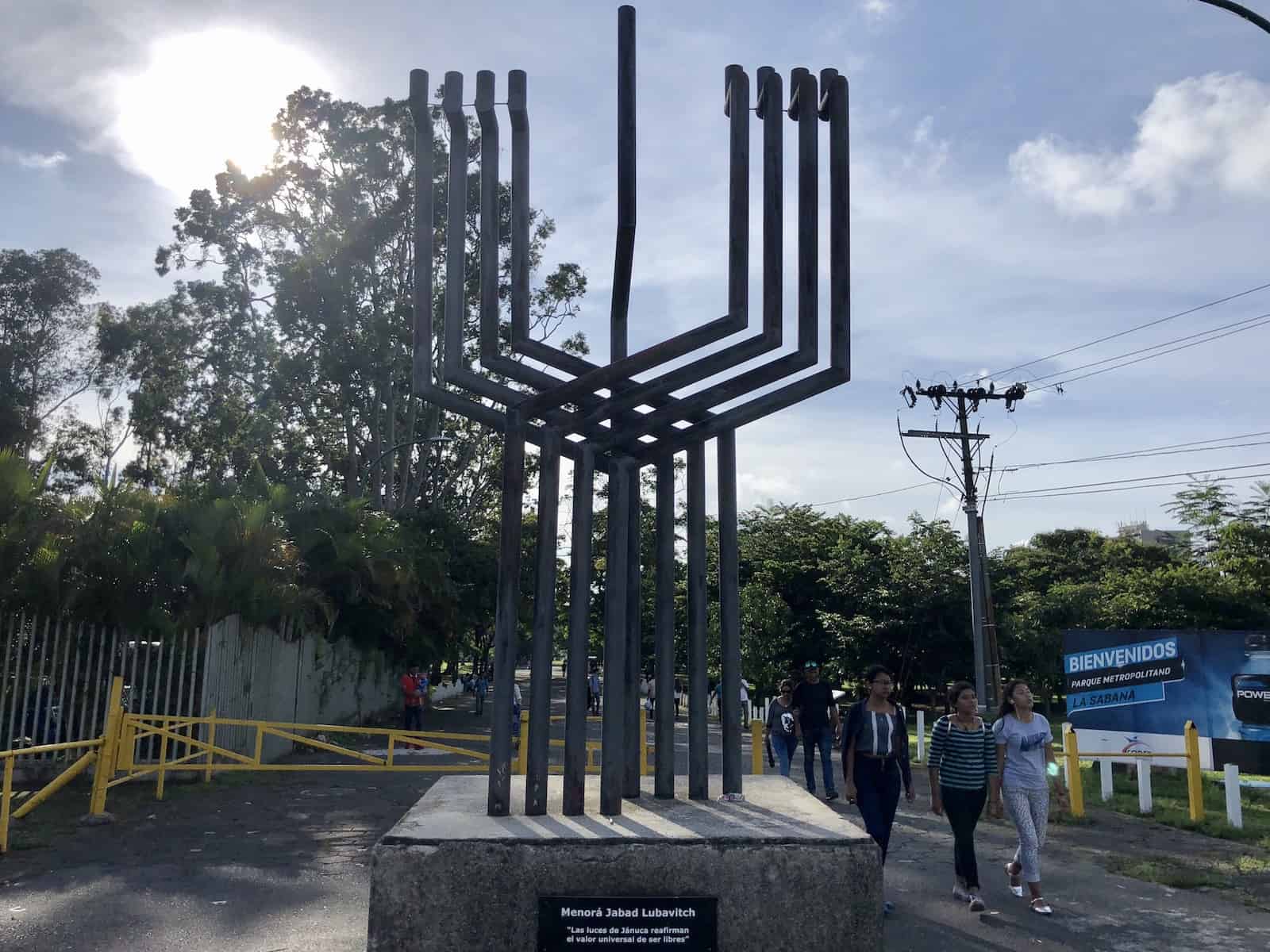Tomorrow may be Sept. 23, 2006, in the secular Gregorian calendar, but the Jewish calendar marks the date as 1 Tishri 5767, or Rosh Hashanah, the first day of a brand-new year. The observance bears scant resemblance to the raucous New Year’s revelry seen each Dec. 31, save for three similarities.
First, celebrations get under way the night before. Like all Jewish holidays, Rosh Hashanah begins at sunset the prior evening. That pegs the beginning of the year 5767 to 5:33 p.m. tonight, San José time. Second, the holiday is a time to reflect on the past year and to make a concerted effort to improve in the coming year, much like those January New Year’s resolutions.
And third, a noisemaker of sorts ushers in the approaching year. “The blast of the shofar awakens a person to repentance,” explains Rabbi Hersch Spalter of San José’s Chabad Lubavitch congregation, describing the ceremonial trumpet-like instrument whose sound will reverberate through synagogues worldwide this weekend.
Apples, honey and challah bread all symbolize the sweetness of Rosh Hashanah and illustrate the traditional wish for a “sweet new year,” but the twisted horn of the shofar is the holiday’s most recognizable symbol.
The instrument is fashioned from the horn of a ram, Spalter says, and the process of cutting, removing cartilage, sanding, polishing and shining is quite labor-intensive. The horn is never adorned or decorated so as not to interfere with the sound.
Any kosher animal may be used, but a ram is preferred in memory of the Biblical sacrifice of a ram made by Abraham in replacement of his son Isaac.
The collection of shofars used at Chabad Lubavitch comes from the United States, as do the plastic instruments enthusiastically sounded by the children at the synagogue’s Hebrew Day School when they learn about the holiday.
The blowing of the shofar began four weeks ago with the start of the month of Elul in the Jewish calendar, a time of preparation for the holiday. An elaborate scheme of short, sustained, staccato notes sounded each weekday. “It does take quite a bit of practice to learn to do this,” Spalter smiles.
The ritual culminates in this weekend’s Rosh Hashanah observances. One long, solitary note will be sounded on Yom Kippur, the Day of Atonement, which falls on the 10th day of the new month (beginning at sunset Oct. 1 in the secular calendar), when Jewish belief says a person’s destiny is sealed for the coming year.
“The sound represents the yearning of the soul to be connected to God,” Spalter says of the shofar’s plaintive wail. One important qualification applies this time around: to paraphrase a question asked about Passover, another important Jewish observance, why is this year different from most other years?
Rosh Hashanah’s start this year on a Friday night coincides with the beginning of Shabbat, the weekly Jewish Sabbath. That means the shofar will not be sounded until Sunday, the second day of the holiday observance.
Using the shofar tomorrow would violate the traditional Sabbath prohibition of carrying an object from a private to a public domain, Spalter explains.
“But what is accomplished on Rosh Hashanah is reiterated spiritually each week by Shabbat,” Spalter explains, emphasizing that the Sabbath serves as a weekly day of reflection, too.







